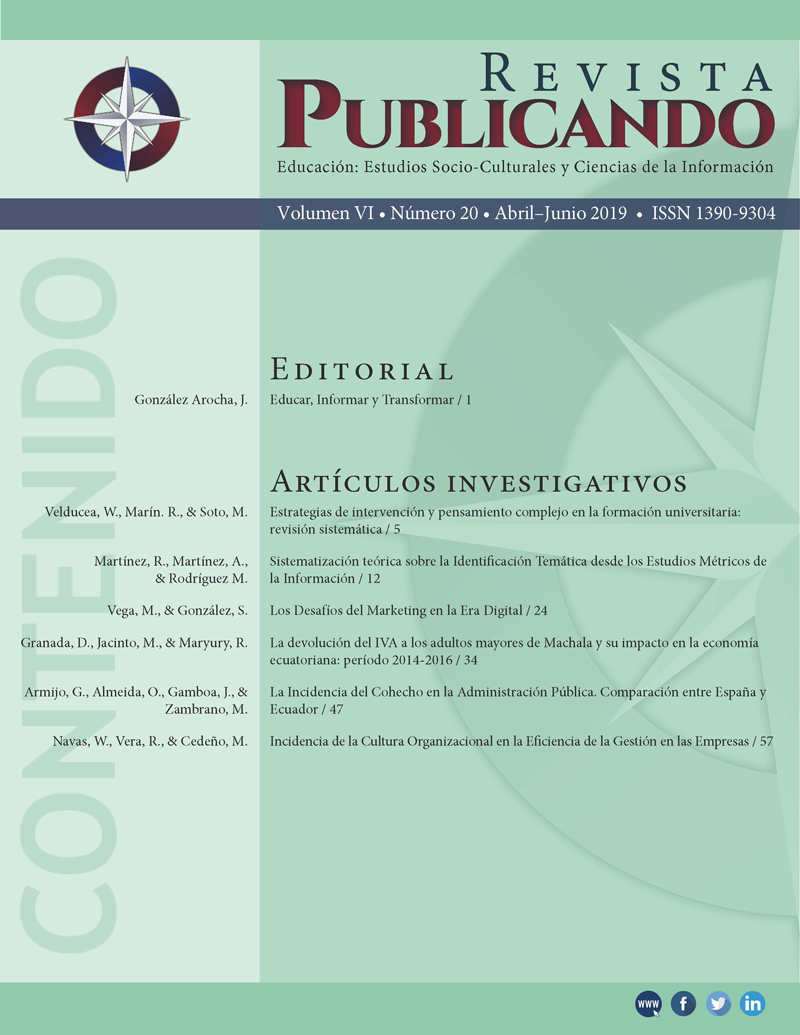Resumen
El artículo plantea los problemas de incumplimiento del tamaño del salario mínimo con garantías constitucionales, el incumplimiento de las funciones sociales y de protección. Se reflejan los problemas de la naturaleza normativa y legal, se subrayan las inconsistencias de las garantías sociales de los ciudadanos trabajadores proclamadas en la Constitución, incluidos los cambios en la legislación que empeoran la situación de los trabajadores. Se dan las estadísticas sobre la dinámica del salario mínimo, el nivel de subsistencia y el índice de precios al consumidor. Se analizó el análisis de la dinámica de los cambios en el tamaño del salario mínimo, el mínimo de subsistencia en la dinámica a lo largo de varios años, el índice de precios al consumidor y el conjunto mínimo y fijo de bienes. Al modelar la situación cuando el mínimo de subsistencia está indexado por la tasa de inflación, su valor sería hoy varias veces más alto. La discrepancia entre el tamaño del salario mínimo y las normas de la Constitución de la Federación de Rusia se revela, mientras que al mismo tiempo hay una tendencia de crecimiento.
Referencias
“International Maritime Organization. International Convention on Standards of Training, Certification and Watchkeeping for Seafarers”. (1978/1995/2010).
Balkina A. S. (2016) living wage and the minimum wage: the realities of Russia// Humanitarian, socio-economic and social Sciences. No. 4. S. 154-156.
Fedoseeva Yu. (2015) Minimum wage as the main instrument of state regulation of wages in the Russian Federation //proceedings of the Orenburg state agrarian University. No. 1 (51). 187-190.
Florence Bonnet, Catterine Saget & Axel Weber. (2012) Social Protection and Minimum wages responses to the 2008 financial and economic crisis: Findings from the ILO/World Bank Inventory. Employment sector. Geneva.
Genkin B. M. (2003) the Organization, regulation and remuneration of labor in an industrial plant. M.: Norma.
Gladkov N. G. (2010) The minimum wage is a constitutional guarantee in the payroll system//Labor and social relations. â„–11. 44-60
Hung Wong, Shengquan Ye. (2014) “Impact of Enforcing a Statutory Minimum Wage On Work And Quality Of Life Of Vulnerable Groups In Hong Kong”. International Journal of Social Welfare. 223-235.
Ivanitsky V. V. (2014) the Need to raise the minimum wage on the basis of the analysis of the situation on the housing market// news of higher educational institutions. series: Economics, Finance and production management. No. 1, 93-100.
Ivanova T. B., (2016) Wisniewski V. S. Institutional prerequisites for the growth of the minimum wage // The genesis of genius. No. 2. 163-166.
Jonathan Meer, Jeremy West. (2013) “Effects of the Minimum Wage on Employment Dynamics”, 50. Retrieved from http://economics.cornell.edu
Jordan Brennan, Jim Stanford. (2014) “Dispelling minimum wage mythology. The Minimum Wage and the Impact on Jobs in Canada, 1983-2012”. Canadian Centre for Policy Alternatives.
Klepikova L. I. (2015) the Role of the minimum wage in the Russian economy// Modern science: From idea to result. No. 6-1. 76-79.
Kokueva V. V. (2016) assessment of the role of the minimum wage in solving socio-economic problems in Russia//Economic research. 4 (4).
Kulagina N. M. (2012) The functioning of the Institute of minimum wage in Russia and abroad.// Work and social relationships, 10. 3-19.
Lada A. S. (2016) Minimum wage in the Russian Federation: theses on problems// Universum: Economics and law, 11, (32).
Mark Wilson. (2012). “The Negative Effects of minimum Wage Laws. Policy Analysis”. Russia: CATO Institute.
Michael Reich, Ken Jacobs & Annette Bernhardt. (March 2014) “Local Minimum Wage Laws: Impacts on Workers, Families and Business.” Institute for research on labor and employment. Report prepared for the Seattle Income Inequality Advisory Committee. Retrieved from http://irle.berkeley.edu.
Michel Reich, Peter Hall & Ken Jacobs. (Mach, 2003) “Living wages and Economic Performance. The San Francisco Airport Model”, 81. Retrieved from http://www.irle.berkeley.edu.
Olgina N. A. Volgina O. I. (2005) remuneration: the Japanese experience and Russian practice: textbook. allowance. M.: Dashkov I K.
Osipov Yu. M. (1995). Theory of the economy. M.: Yurist, Vol.1.
Pollack A. P. (2014) Methodological approaches to the justification of minimum wage// Internet-journal "science of SCIENCE". 6, 193.
Pollack A. P. (2014) ways of improving the mechanism of regulation of the minimum wage in the Russian Federation// Herald of the Voronezh state University. Series: economy and management. No. 4. 17-24.
Pollak, A. P., (2015) On the reform of the minimum wage in times of economic crisis //Internet-journal "science of SCIENCE", 7, (1).
Sabitova T. V., (2015) Kremer K. I. the Minimum wage as an important instrument of state regulation of the labor market// Actual problems of economic Sciences, 42, 81-88.
Silvia Marginean, alins Stefanie Chenic. (2013) “Effects of Raising minimum wage: Theory, Evidence and Future Challenges”. Procedia Economics and Finance, 6, 96-102.
Slesinger, G. E. (1996). Labor in conditions of market economy: Textbook. manual / G. E. Slezinger, Int of Labour – M.: INFRA-M.
Tikhomirova T. P. (2010). function of wages: theoretical aspect and analysis of the implementation// Economy of region, 4, 46-52.
Yakovlev R. A. (2005). Oplata Truda in the organization. Moscow: MTSFER.
Usted es libre de:
Compartir — copiar y redistribuir el material en cualquier medio o formato
Adaptar — remezclar, transformar y construir a partir del material
La licenciante no puede revocar estas libertades en tanto usted siga los términos de la licencia
Bajo los siguientes términos:
Atribución — Usted debe dar crédito de manera adecuada, brindar un enlace a la licencia, e indicar si se han realizado cambios. Puede hacerlo en cualquier forma razonable, pero no de forma tal que sugiera que usted o su uso tienen el apoyo de la licenciante.
NoComercial — Usted no puede hacer uso del material con propósitos comerciales.
CompartirIgual — Si remezcla, transforma o crea a partir del material, debe distribuir su contribución bajo la lamisma licencia del original.
